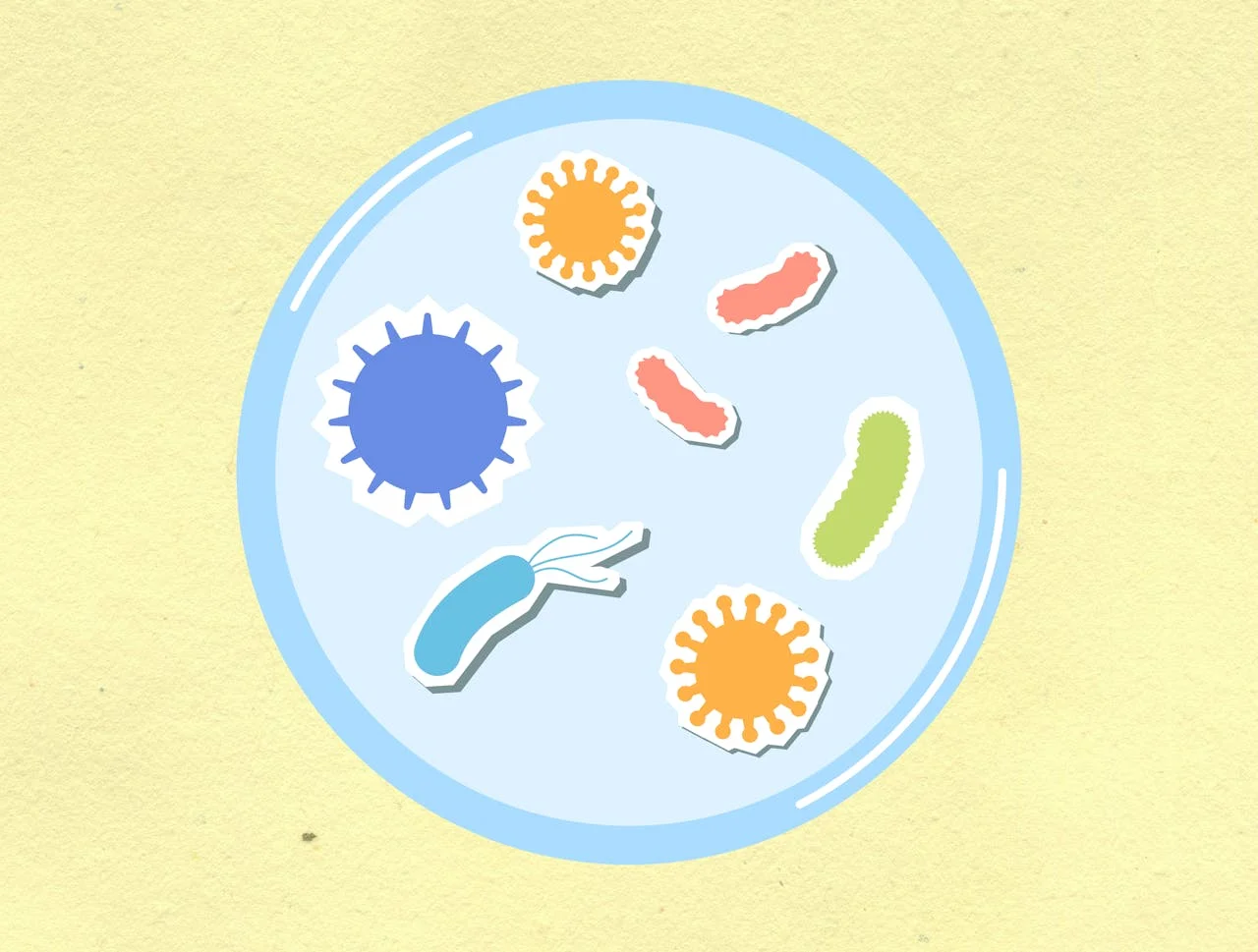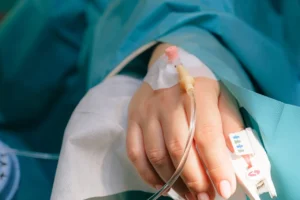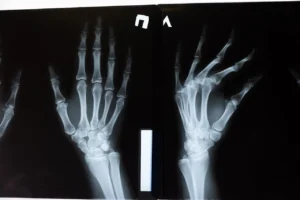
In collaboration with public health agencies and experts worldwide, the World Health Organization (WHO) has released a comprehensive report introducing updated terminology for pathogens transmitted through the air. The report, titled “Global Technical Consultation Report on Proposed Terminology for Airborne Pathogens,” marks the culmination of an extensive, multi-year effort to establish a common language for respiratory infections such as COVID-19, influenza, measles, MERS, SARS, and tuberculosis.
This milestone publication reflects a consensus reached between WHO, experts, and four major public health agencies: Africa Centres for Disease Control and Prevention, Chinese Center for Disease Control and Prevention, European Centre for Disease Prevention and Control, and United States Centers for Disease Control and Prevention. The unified agreement underscores the collective commitment of these agencies to address the challenges posed by airborne pathogens.
The consultation process, conducted from 2021 to 2023, aimed to bridge the gap in terminology across scientific fields regarding the transmission of airborne pathogens. The urgency of this endeavor became evident during the COVID-19 pandemic, where varying terms complicated scientific discourse and public communication efforts.
Dr. Jeremy Farrar, WHO Chief Scientist, emphasized the significance of the agreed-upon terminology in guiding research agendas and public health interventions. The report introduces common descriptors for characterizing the transmission of pathogens through the air under typical circumstances:
- “Infectious respiratory particles” (IRPs) describe particles expelled by infected individuals through breathing, talking, singing, coughing, or sneezing.
- IRPs vary in size, eliminating the previous distinction between “aerosols” and “droplets.”
- “Through the air transmission” encompasses two descriptors:
- “Airborne transmission or inhalation” involves IRPs being expelled and inhaled by others, with transmission possible at varying distances.
- “Direct deposition” occurs when IRPs are expelled and directly deposited onto nearby individuals’ mouth, nose, or eyes, potentially leading to infection.
Dr. Gagandeep Kang from Christian Medical College, Vellore, India, and Dr. Yuguo Li from the University of Hong Kong, Hong Kong SAR (China), who co-chaired the WHO Technical Working Group, highlighted the collaborative effort involved in reaching consensus on the terminology.
This consultation serves as the first phase of global scientific discussions led by WHO. Future steps include further research and exploring the implementation implications of the updated descriptors.




